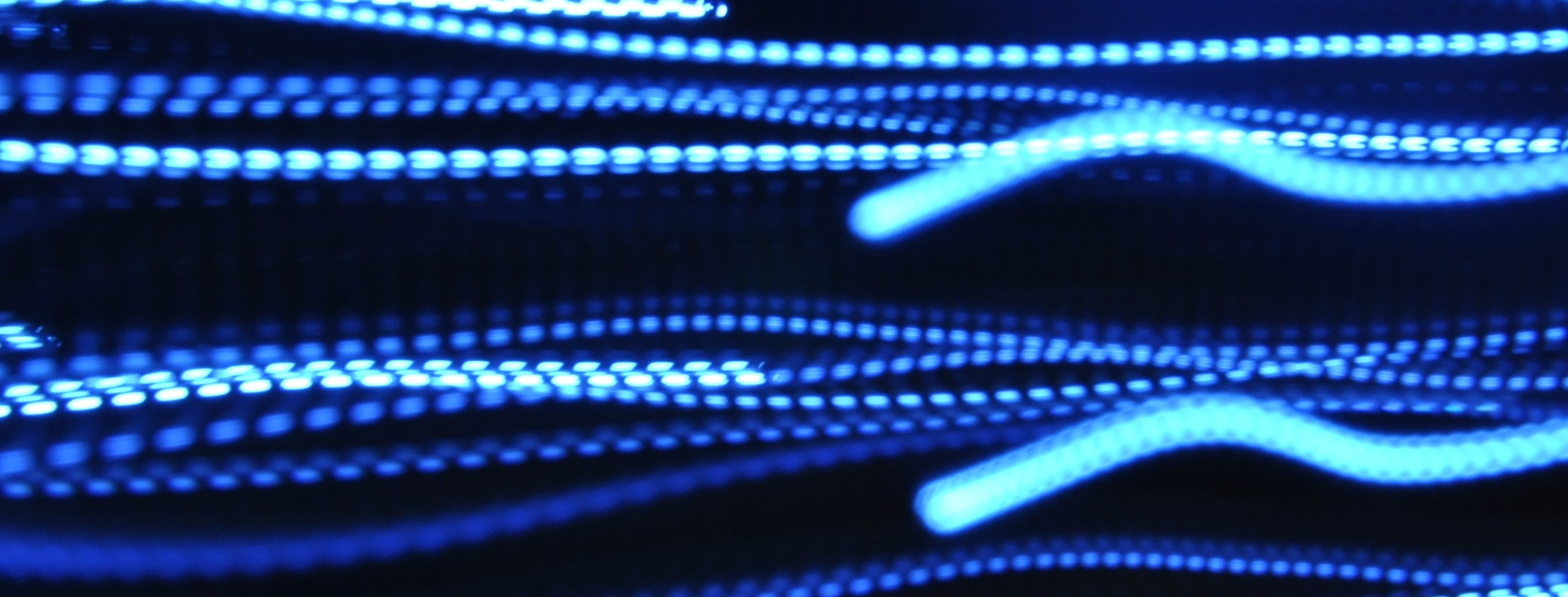
15 February 2023 • 5 minute read
Generative AI and prompt protection under intellectual property law
Can users’ prompts in generative artificial intelligence technology be granted protection under intellectual property law?
Generative AI technologies and systems are developing at an overwhelming speed that has surprised even those involved in technology and innovation.
One of the most popular generative AI systems, as far as text content is concerned, is ChatGPT and, more generally, the models in the GPT family, developed by the same entity is also at the forefront of AI systems dedicated to creating images from textual data with the Dall-E 2 model. Equally well known platforms have been recently made available to the general public.
The spread of these increasingly improved systems raises several interesting questions for those concerned with intellectual property. How can we classify the nature of the works created with the help of these tools? How can we attribute rights over them? And what’s the relationship between these rights and those of the works used to train AI systems? This is already the subject of litigation in the US.
One topic that – for the time being – has been less explored, at least by jurists, relates to the nature and protection of instructions given to AI systems to generate a specific result. These instructions are known as prompts.
For example, an image can be created by providing a system employing the Stable Diffusion model with the prompt “a female lawyer in court, in front of the judge’s bench, explaining a complex case, sepia drawing style.”. If you try it by yourself, you will see that the AI will propose a number of images; you will be then in the position to select the preferred one and iterate until you are happy with the result. If you give ChatGPT the prompt “Compose a concise story about a lawyer trying to explain a difficult technical issue in court, resorting to an unexpected solution,” after a few passes, it comes up with: “The lawyer stood nervously before the jury, trying to explain the intricacies of a computer programming issue at the heart of the case. The technical language and jargon left the jury confused and disengaged. To make the jury understand the issue, the lawyer comes up with an unexpected solution of using a simple, childlike computer drawing with a big red button labeled ‘run program’ to explain the problem. This simple illustration helps the jury understand the technical issue, and the lawyer was able to make his point.”
Whatever the assessments and conclusions regarding the possibility for images and text created with the aid of AI systems to access copyright protection, we have to analyze the possibility of protecting the relevant prompts.
Several elements should be taken into account in this evaluation:
- The formulation of prompts must (also) meet technical requirements. Each platform has prepared and publishes manuals indicating the parameters and commands that can be used in the prompt formulation.
- The relationship between prompt and result is not necessarily unambiguous; in fact, the AI system usually has an opacity coefficient that prevents the establishment of a direct and deterministic link between prompt and work.
- Most models return multiple results for each prompt, leaving the user with the option of selecting the preferred one or ones and processing them further, if appropriate, through an actual dialog (which is the hallmark of ChatGPT).
- Collections of prompts are already available, and the authors – assuming we can use this term – sell for a fee directly or through appropriate platforms, such as PromptBase.
These circumstances might make it seem possible to grant protection to a prompt used in AI systems under intellectual property law. This is because they’re works that can be traced back to the creativity and personality of their author, have economic value, and are easily reproduced.
Admitting prompts to copyright protection has some significant ancillary consequences in our system. The first relates to the level of creativity of the work, which must exceed a minimum threshold, however low. The second relates to the extent of protection, which can never allow the author to monopolize solutions and technical devices, which must remain available to all. Protection must be similar to that provided for computer programs, which have as their object the outward form of the work and not the ideas and technical solutions that determine its operation.
Assuming there’s a space for prompt protection, it’s helpful to reflect on the relationship between that work and the one generated through the AI system, which is likely to be posed in terms of elaboration and derivative work. Equally valuable is reconstructing – again in terms of derivation and elaboration – the relationship between prompts and pre-existing works of art employed as prompts or used to prepare prompts (think of the lyrics of a musical work or poem used to prepare a prompt to create images or videos).
Once these relationships are brought into focus, it will also be possible to regulate the transactions, likely in terms of assignment or licensing. The use of a work of authorship as a prompt for an AI system was not among the foreseeable uses until recently and permission to use a prompt to generate specific works or on certain platforms does not necessarily extend to works of a different nature or other platforms (and perhaps not even to different versions of the same platform).
These questions, and the many others that generative AI systems pose, open up scenarios that are, for the most part, unexplored. In the absence of reliable normative and jurisprudential support, it’s a good idea to move cautiously, using past experience – hence the reference to the principles elaborated on the protection of database software and more generally of useful creations. And we should look at contractual agreements, clarifying the rights and obligations of all parties involved in the generation (creation?) of works through AI systems from prompts.

